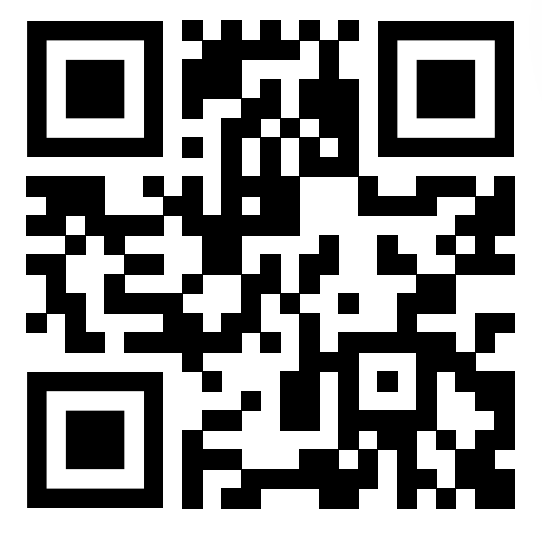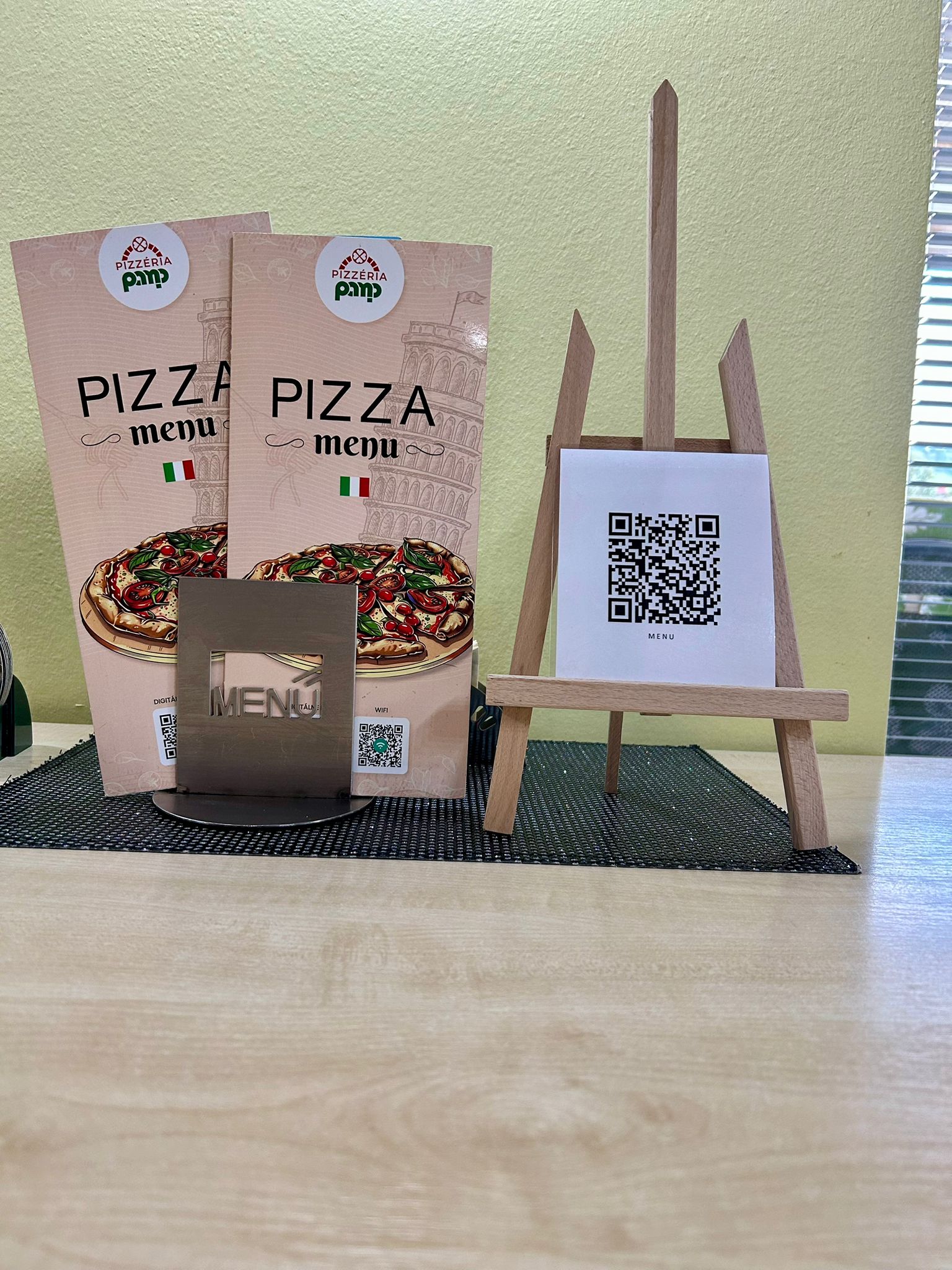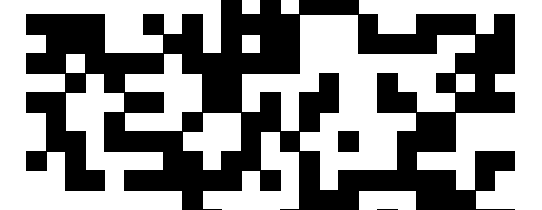If you are one of those people who ask, „What is a QR code and how does it work?“ this article is exactly for you.
Introduction to QR Code
Definition and Purpose
What is a QR code?
QR code stands for „Quick Response“, meaning that machines can read it quickly and accurately. By „reading“, we refer to scanners like cameras and other optical scanning devices. To be precise, it is a two-dimensional barcode invented by the Japanese company Denso Wave.
To put it simply, QR code is scannable by scanning app that read QR codes in real-time.
What is the main purpose of QR code?
Its purpose is to store data. The simplest explanation is that any text can be stored inside this „funny-looking“ image. For example, I can store the sentence „Your mama is cool“ in a QR code, and the result will look like this:

How Does a QR Code Store Data?
We’re simply storing text (or as IT people say, „information“) by encoding it into a two-dimensional barcode. In other words, we’re encoding things like phone numbers, web addresses (sometimes called URLs), alphanumeric characters, and other contact details that can be quickly read by a QR code scanner.
Technically speaking, the QR code scanner decodes the information from the QR code image.
For that purpose, tools like QR code readers were invented — but today, in most cases, we’re simply using a smartphone camera. Whether it’s Android, iPhone, or another mobile device, we just scan QR codes.
Where can we use a QR code?
QR codes are widely used in all areas of life — on product packaging, in marketing campaigns, on various devices, and of course, on social media.
The Mechanics of QR Codes
How Do QR Codes Work?
As you can see, the structure consists of black and white squares arranged in a grid. When scanned, the device (usually a camera app on modern mobile phones) quickly detects the large corner markers in the QR code and reads the encoded message — or more precisely, the information stored in the Quick Response code.
💡If we want to be technical here we can say: 👉 Encoding: Stores data in alphanumeric characters and kanji. 👉 Decoding: Read by a QR code scanner on mobile devices through error correction and alignment patterns.
What are the Advantages and Limitations of Using QR Codes?
As mentioned above, all QR codes can be scanned with smartphones (iOS and Android) using either built-in camera apps or dedicated QR code readers, making them highly versatile. They’re commonly used on business cards, product labels, QR restaurant menus, and for both online and offline engagement.

QR Code advantages
- Super-easy to create,
- Fast way to store and provide text information,
- Used in coupons,
- Most smartphones can read them with their internal camera app.
Disadvantages
- Unreadable when dirty or damaged. Mostly when used as stickers.
- Malicious QR Code/Scams (Read: QR code on an unexpected package) and phishing in use of QR codes.
- Older phones have to have camera app from app store, Google play or other digital app marketplace.
Generating QR Codes
When generating QR codes you have to ask yourself what is your main purpose? Why do you need a QR code?
- I want to create a digital QR menu for my restaurant, café, or hotel. Read more here or try it directly at pikMenu.com
- I need to generate a QR code linked to my marketing campaign. Try using a QR code generator.
- We want to create a QR code with contact information for our business cards.
- Some special reason (Maybe you want to encode Japanese characters and send them to your friend through a QR code?)
Conclusion
In this post, What is a QR Code and How Does It Work, we explained what a QR code is, how you can use it, and what you need to make it useful for you.
First of all, QR codes have been around for many years — in fact, since 1994 — but their use really took off during the pandemic, when there was a need for contactless transactions and information sharing.
Secondly, their growth continues in many areas today, including Wi-Fi access, coupons, and digital business cards (vCards).
Do QR codes solve all of life’s problems? Hardly. But they definitely make life a little easier. 😉


